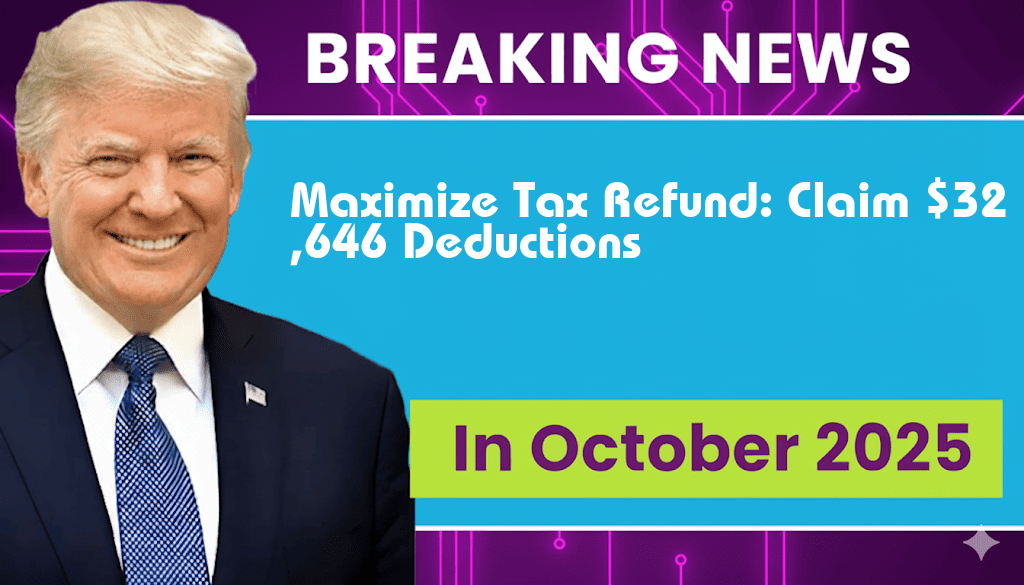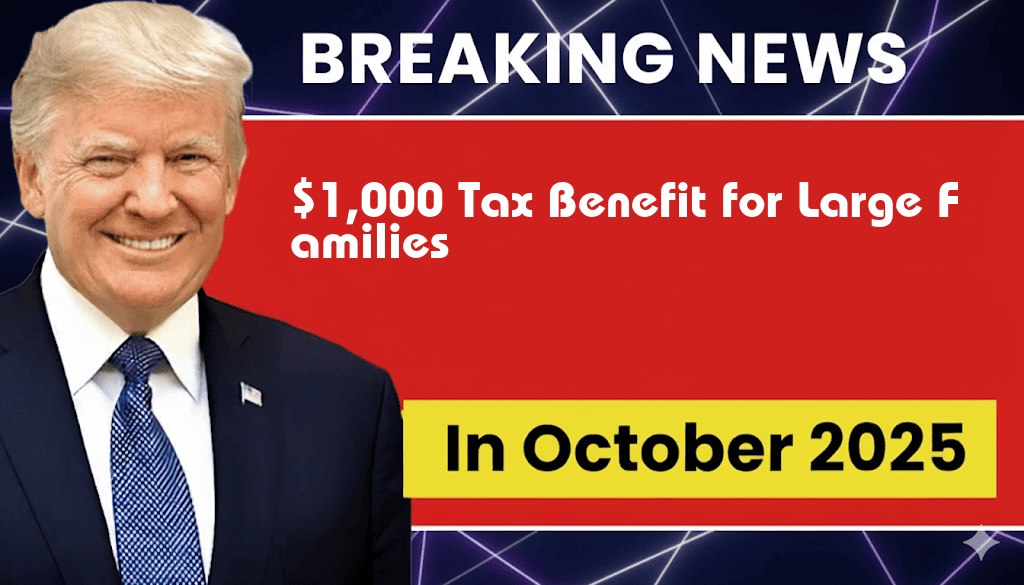

2026 Sees the End of Popular $3,000 Tax Deductions
In a significant shift in tax policy, the IRS has announced that the popular $3,000 tax deductions for various expenses will be phased out by 2026. This change is expected to impact millions of taxpayers who rely on these deductions to reduce their taxable income. The decision comes as part of broader fiscal reforms aimed at simplifying the tax code and increasing government revenues. As families and individuals adjust to this upcoming change, financial experts are urging taxpayers to rethink their budgeting strategies and explore alternative deductions that may remain available. This article delves into the implications of this policy change, the reasons behind it, and potential strategies for taxpayers moving forward.
The $3,000 Deduction Explained
The $3,000 tax deduction has historically been available to taxpayers for various allowable expenses, including certain educational costs, medical expenses, and specific business-related expenditures. This deduction has provided significant relief to many, allowing them to lower their overall tax burden. However, the IRS’s recent announcement indicates a shift towards a streamlined tax process, eliminating what some policymakers view as unnecessary complexities.
Reasons for the Change
- Tax Code Simplification: Lawmakers argue that the tax code has become overly complicated, causing confusion and compliance challenges for taxpayers.
- Increased Revenue Needs: With rising government expenditures, particularly in infrastructure and social programs, there is a pressing need for increased tax revenue.
- Encouragement of Alternative Financial Strategies: The IRS aims to encourage taxpayers to utilize other financial strategies, such as tax credits and exemptions, that may offer better long-term benefits.
Impact on Taxpayers
The elimination of the $3,000 deduction could have varying effects on different groups of taxpayers. While some may find alternative deductions that suit their financial situations, others may face increased tax liabilities. The following groups are expected to be significantly affected:
- Families with Dependents: Families who typically claim educational or medical expenses may find their tax bills growing due to the loss of this deduction.
- Small Business Owners: Those who have relied on this deduction for business-related expenses will need to reassess their financial strategies.
- Low to Middle-Income Earners: This group, often benefiting the most from such deductions, may feel the pinch as they navigate their finances without this relief.
Alternatives to Consider
As the 2026 deadline approaches, taxpayers are encouraged to explore alternative deductions and credits that may mitigate the impact of losing the $3,000 deduction. Options include:
- Child Tax Credit: Families may qualify for enhanced credits that could offset lost deductions.
- Education Credits: Taxpayers pursuing higher education can access credits like the American Opportunity Credit and Lifetime Learning Credit.
- Health Savings Accounts (HSAs): Contributions to HSAs can be tax-deductible and may provide significant tax advantages for medical expenses.
What Taxpayers Should Do Now
Taxpayers should begin reviewing their financial situations and tax strategies in light of this upcoming change. Key steps include:
- Consulting with Tax Professionals: Engaging a tax advisor can provide personalized strategies to maximize available deductions and credits.
- Staying Informed: Regularly checking for updates from the IRS and reputable financial news sources can help taxpayers remain aware of any changes in tax law that may affect them.
Conclusion
The announcement regarding the end of the $3,000 tax deduction marks a pivotal change in the tax landscape for millions of Americans. As individuals and families prepare for this transition, it is crucial to understand the implications and explore available alternatives. The evolving tax code may present challenges, but with informed planning and strategic adjustments, taxpayers can still find ways to optimize their tax situations moving forward.
For further details on the changes in tax deductions, visit the Forbes Tax Advisor or learn more about the implications on the Wikipedia page on Tax Deductions.
Frequently Asked Questions
What are the popular $3,000 tax deductions ending in 2026?
The popular $3,000 tax deductions refer to specific tax benefits that taxpayers have utilized in previous years, which will no longer be available after 2026.
Who will be affected by the end of these tax deductions?
The end of the $3,000 tax deductions will primarily affect individual taxpayers who have relied on these deductions to reduce their taxable income.
What should taxpayers do before the deductions end?
Taxpayers should review their financial situations and consider maximizing their tax deductions before they expire in 2026, potentially consulting with a tax professional for strategies.
Are there alternatives to the $3,000 tax deductions after 2026?
While the $3,000 tax deductions will end, taxpayers can explore other tax benefits and credits that may be available, which could help offset their tax liabilities.
When will the changes to the $3,000 tax deductions take effect?
The changes will take effect starting in 2026, meaning taxpayers should prepare accordingly for their upcoming tax filings.





